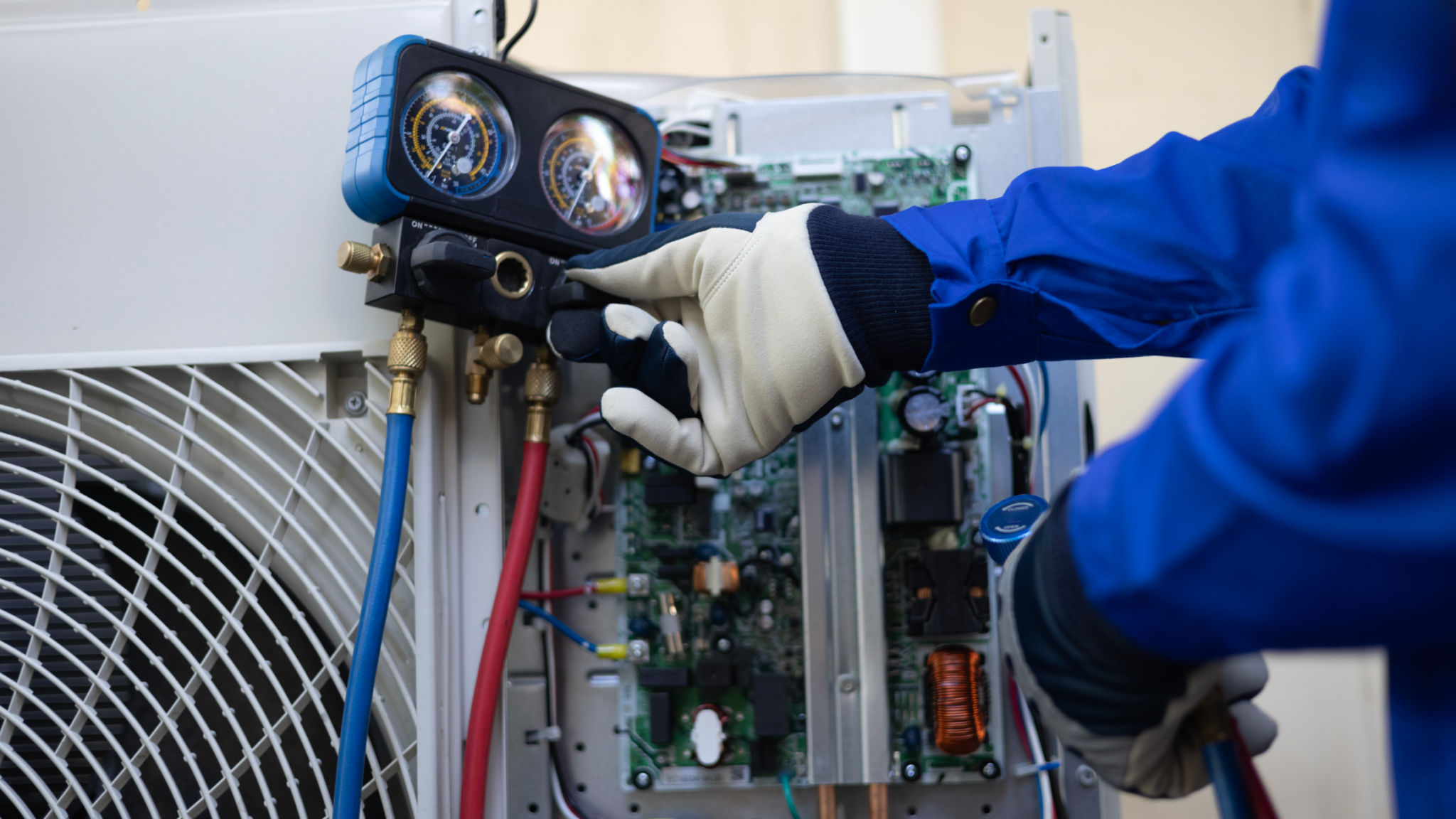Expert Tips for Sustainable Metal Fabrication in the 2020s
Understanding the Importance of Sustainable Metal Fabrication
As industries across the globe strive to adopt more sustainable practices, metal fabrication is no exception. The 2020s have seen a significant push towards sustainability, driven by both environmental concerns and economic advantages. Embracing eco-friendly methods not only reduces the carbon footprint but also enhances operational efficiency and brand reputation.
Metal fabrication involves a considerable amount of energy and resources, making it crucial for companies to adopt practices that minimize waste and energy consumption. Implementing sustainable methods can drastically cut down on costs and improve overall productivity.

Choosing Eco-Friendly Materials
One of the most impactful steps towards sustainable metal fabrication is the careful selection of materials. Opting for recycled metals can significantly reduce environmental impact. Recycled steel, for instance, uses up to 60% less energy compared to new steel production.
In addition, exploring alternative materials such as aluminum, which is lightweight and recyclable, can further enhance sustainability. By prioritizing materials that are both durable and recyclable, fabricators can reduce their reliance on non-renewable resources.
Efficient Energy Use
Energy efficiency is another critical factor in sustainable metal fabrication. Implementing energy-saving technologies such as LED lighting and energy-efficient machinery can lead to substantial reductions in energy consumption. Additionally, regular maintenance of equipment ensures optimal performance and minimizes unnecessary energy usage.

Companies should also consider investing in renewable energy sources like solar or wind power to further decrease their carbon footprint. By integrating these practices, businesses can achieve a more sustainable operation while reducing costs over time.
Minimizing Waste Through Lean Manufacturing
The principles of lean manufacturing can play a pivotal role in reducing waste in metal fabrication. By focusing on streamlining operations and eliminating inefficiencies, companies can significantly cut down on scrap material and waste. This not only saves resources but also reduces disposal costs.
Implementing a robust waste management system ensures that any waste generated is properly sorted and recycled. This approach not only supports environmental goals but also enhances operational efficiency and cost-effectiveness.

Innovative Technologies for Sustainable Fabrication
Embracing innovative technologies such as 3D printing and automation can revolutionize the way metal fabrication is conducted. These technologies allow for precision manufacturing, reducing material waste and energy usage. 3D printing, for example, enables the creation of complex parts with minimal waste.
Automation also plays a crucial role in enhancing sustainability by streamlining processes, reducing error rates, and improving overall production efficiency. By integrating these technologies into their operations, fabricators can achieve significant sustainability gains.
- Invest in renewable energy sources
- Opt for eco-friendly materials
- Implement lean manufacturing techniques
- Utilize innovative technologies like 3D printing
Training and Education
Lastly, fostering a culture of sustainability within the workforce is essential. Providing training and education on sustainable practices ensures that employees are well-equipped to implement eco-friendly methods effectively. Engaging the workforce in sustainability initiatives can lead to increased awareness and innovation in identifying further opportunities for improvement.
The commitment to sustainability in metal fabrication is not just an environmental responsibility but a strategic advantage in today’s market. By adopting these expert tips, fabricators can position themselves as leaders in sustainable manufacturing and contribute positively to the planet.
